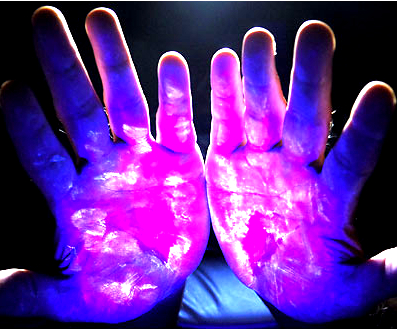Nano-fabric for bacterial destruction found
 Nano-technicians have developed a new fabric that kills a range of infectious bacteria in minutes.
Nano-technicians have developed a new fabric that kills a range of infectious bacteria in minutes.
The antibacterial material can kill E.coli in less than ten minutes, and could be used to significantly reduce contamination risks in hospitals.
Researchers created the exciting fabric when they found organic materials with semi-conductor properties can have superior antibacterial effects.
Previous studies showed some organic substances are much better than metal salts of silver, which are already known and used for their antibacterial properties.
To test the concept, researchers from RMIT and CSIRO grew nanowires on fabric, to confirm the antibacterial properties of Ag-TCNQ (tetracyanoquinodimethane).
“It has been known for the last hundred years that silver is anti-bacterial,” Associate Professor Vipul Bansal from RMIT University's School of Applied Sciences, said.
“Silver metal, when it comes into contact with body fluids, releases silver ions and these ions are actually toxic and have anti-microbial and antibacterial properties.”
But instead of using silver metals, the team developed a new material called ‘silver TCNQ’, which releases silver ions very slowly for a long-term antibacterial effect.
Proffessor Basal said the materials could revolutionise hospital hygiene.
“There is potential for special bedding, linens and surgical aprons on which bugs and bacteria do not grow, so we can maintain an infection-free environment in our healthcare settings,” he said.
“We may also have dressings and Band-Aids that can kill bacteria in the wound, resulting in faster healing. These will all have a major impact on the cost of the Australian healthcare system.”
In corollary project, a team worked with nanoparticles of different sizes, shapes, compositions and surface coatings to test their ability to destroy different bacteria.
“The Holy Grail is to engineer the nanoparticles so they become highly active against infectious bacteria, but they do not kill human cells,” Dr Basal said.
“Traditionally, silver nanoparticles are more toxic than gold nanoparticles but our research has shown that silver can be made very safe for biomedical applications by controlling the surface chemistry of nanoparticles.”
The work is reported in the journal Advanced Functional Materials.







 Print
Print